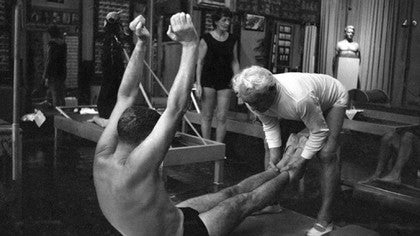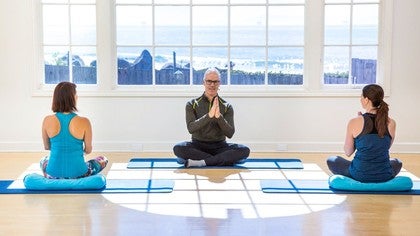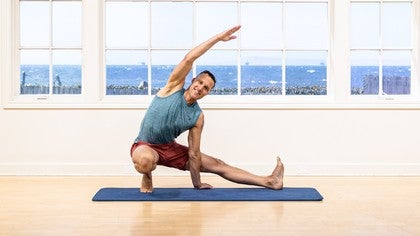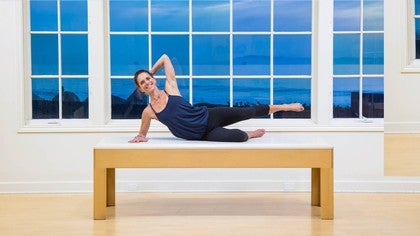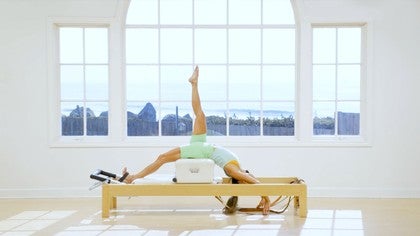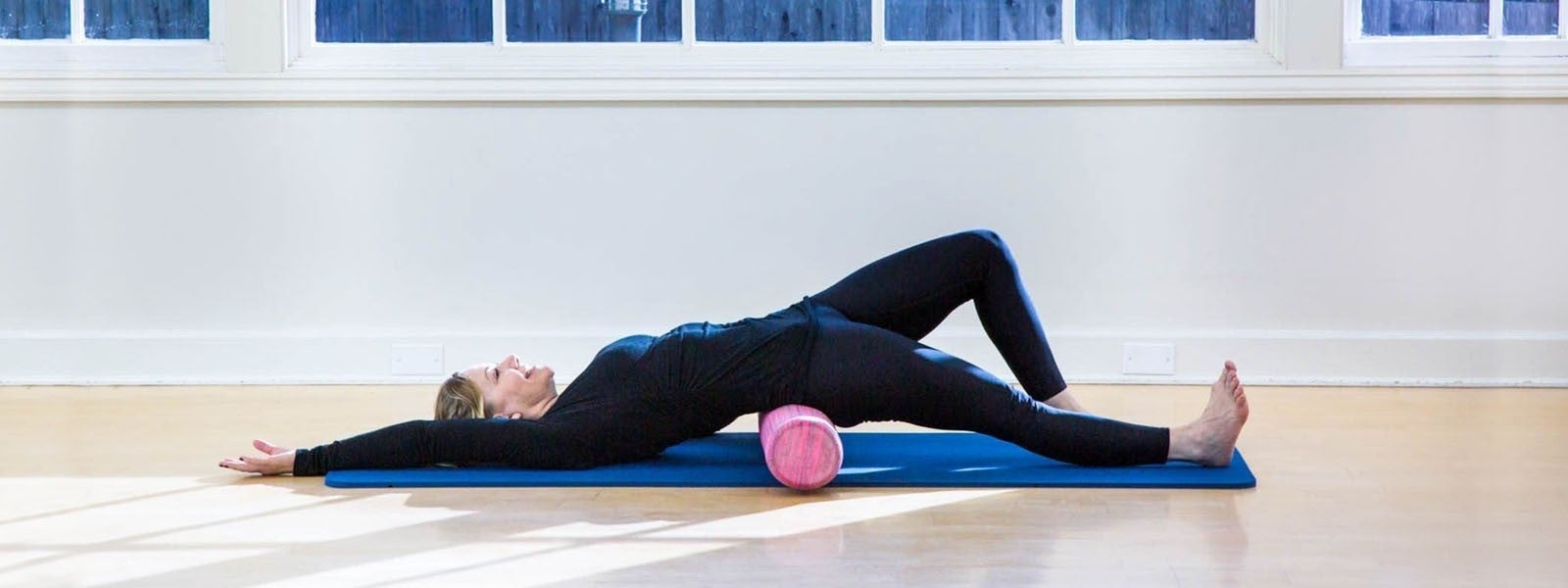
Foam Roller Pilates Workouts: More than a Massage
A Foam Roller's curved, forgiving yet firm surface can be used in a variety of ways to stretch, strengthen, release your fascia, and create more body awareness. Is it any wonder that Pilates instructors are incorporating Foam Rollers into their Mat and Pilates apparatus workouts?
Amy Havens, a Pilates instructor based in Santa Barbara, California, is a fan. “The Foam Roller helps you access more connections in your deep core muscles and boosts stability and mobility,” she says. “It also highlights which areas or sides of your body need the most work, enabling you to balance it out,” she adds.
Getting Creative with the Foam Roller
Some of the ways Havens uses the Foam Roller in her Pilates Mat classes include lying on the Foam Roller, placing the Roller under the soles of feet or the hips in a Bridging exercise, or sitting propped up on the Roller. Incorporating the rounded surface into traditional and not-so-traditional Pilates Mat work creates additional stability, coordination, and balance challenges.
Here’s a breakdown of some of the most common ways you’ll see a Foam Roller being used in a Pilates Mat class.
- As a Moving Platform: The rolling action of the Foam Roller can approximate the movement of the Pilates Reformer carriage (the part that you sit or lie on). If you’re a fan of “Apparatus on the Mat” movements, or Mat work that mimics the work on the Reformer, you may already be familiar with the Foam Roller. For example, using the Foam Roller under the shins in a quadruped position is great preparation for the Knee Stretch series on the Reformer. Using it under the balls of the feet in a seated position recreates the Stomach Massage series. In a prone position, placing a Foam Roller under the palms or the forearms with the arms stretched overhead is great practice for Swan on the Cadillac and Pulling Straps on the Long Box.
- To Stand In for Pilates Equipment: Many of the Spine Corrector exercises such as Bicycle and Scissors are easily adapted to the far less clunky Foam Roller. Try sitting propped up on a Foam Roller to perform the Short Box series from the Reformer.
- To Provide Feedback: The Foam Roller is more responsive and pliable than the floor. Try placing the palms on the Roller for Spine Stretch Forward or Mermaid. In addition, the rolling action lets you slide into a better stretch position while also bringing the floor closer to you.
- To Add Challenge: A smaller surface area means more work. Try the Series of Five or even a simple Chest Lift or Toe Taps while balancing your spine vertically on the Roller’s surface. Not so easy! Placing the Roller under the soles of the feet in Bridge or under the ankle of the non-working leg in Leg Circles adds an element of instability. You’ll feel the balance challenge right away.
- As a Ballet Barre Substitute: The length of the Foam Roller means that it reaches the hip area on most people when it’s in an upright position. The flat ends make it a great stand-in for a barre. During standing barre work, place one or both hands on one end of the Foam Roller with the other end flat on the floor if you need a little help with balance.
Choosing the Right Roller
Foam Rollers are available in several sizes, firmnesses, and even shapes (half or full round). They are sold online, in specialty stores, and some physical therapy offices. Softer rollers can be more forgiving and gentler on the muscles if you are using one primarily for rehabilitation or relaxation. If you’re doing the Mat exercises described above, you’ll want to look for a firmer Foam Roller.
Rollers are a great prop for a home exerciser because they are relatively affordable and when stored upright, they don’t take up much space. Their lightweight foam construction means you can also mount them on the wall with the right hardware. You can also roll them under a sofa or bed when not in use. Just make sure they don’t roll out and trip up an unsuspecting family member or friend.
If you are intrigued but not ready to invest in another Pilates prop at the moment, you can experiment with some Foam Roller substitutes, which should work for many traditional Foam Roller exercises. You can try an Overball, a rolled up beach towel, a yoga block, or a couch cushion or bolster, or some combination of all of them.
Do you have a favorite Foam Roller exercise or movement? Let us know in the comments below.
Comments

You need to be a subscriber to post a comment.
Please Log In or Create an Account to start your free trial.

